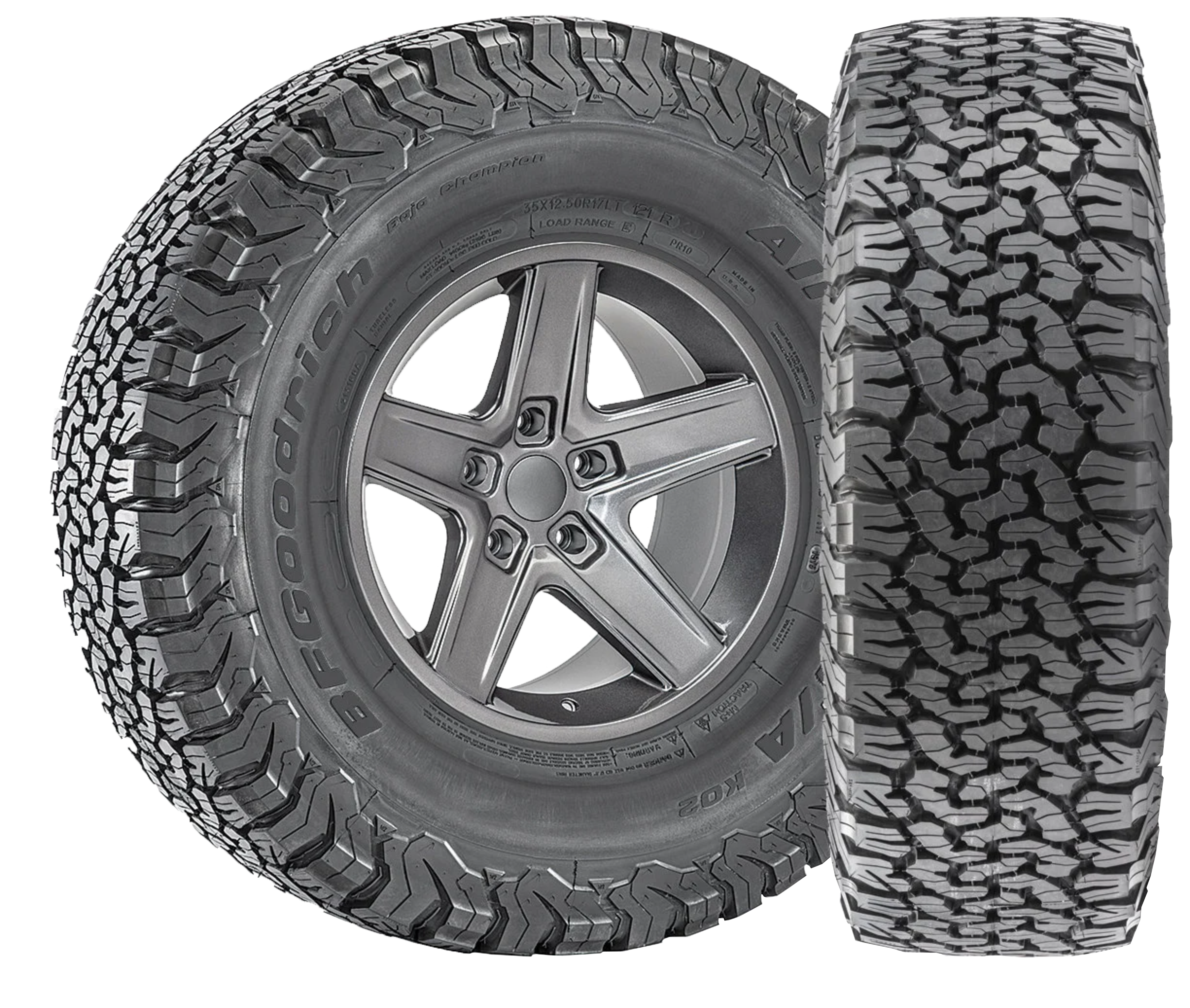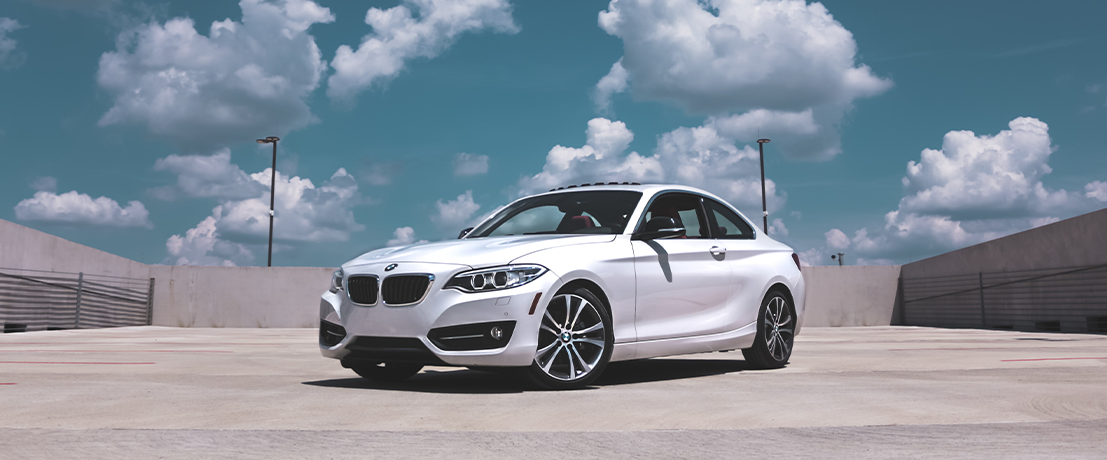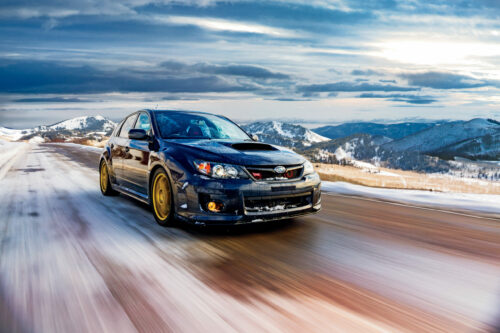Advantage Safe Driving Tips
Whether it’s foggy, windy or dark or whether you’re driving off-road or on the motorway; be prepared and read these safe driving tips from Michelin. Driving carefully for the terrain and weather conditions is important to ensure you and your family arrive safely wherever you travel.

Eyes on the Road
- Always observe speed limits.
- Activate your indicators well in advance before overtaking or changing lanes.
- Don’t turn suddenly or you may lose control of your car and roll over.
- Take regular breaks. Don’t drive while tired.
Night Time Driving
- Give your eyes some time to adjust to the light and shadows.
- Tilt your rear view mirror slightly to reduce the glare of the car headlights behind you, or change to the night setting if your rearview mirror has this option.
- Don’t look directly at the headlights from cars travelling in the opposite direction.
- Don’t drive too fast: visibility is reduced at night, making it hard for you to see the road ahead.
Safe Driving in Fog
- Visibility deteriorates in fog.
- Turn on your dipped headlight and fog lights.
- Reduce your speed and refrain from overtaking.
- Leave enough time to react in an emergency by keeping a safe braking distance from the vehicle in front of you.
On a Windy Day
- Reduce your speed. Be prepared to stop at any time.
- Close all windows. An open window can attract airborne particles like dust that can affect visibility.
- Keep an eye out for people or debris being blown onto the road.
- Be aware that people may not hear your horn during strong windy conditions.
- If you’re carrying cargo on your vehicle, make sure that it’s tied down securely.
- Be very careful passing high-sided vehicles especially in exposed areas or on bridges.
In Mountain Areas
Before Driving:
- Prior to setting off, check your brakes; test them and check the brake fluid.
- Carry the tools necessary in case you break down.
- Check the condition of your spare tyre: the appropriate pressure is especially important.
- Carry extra food, appropriate clothing and emergency aids.
- Check the weather and road conditions in the mountain area and choose your route wisely.
- Tell at least one other person where and when you are travelling and when you are due back so they can alert the emergency services if you don’t return on time.
While Driving:
- Sound your horn in advance if your view is blocked during cornering.
- Drive carefully and slow down in turns, especially when your view is blocked.
- Never speed or overtake on sharp bends where you may not see oncoming vehicles.
Safe Driving in Mud
Simple ways to decide if you can get across the mud:
- When there’s heavy mud on the road or if you’re driving off-road, stop your vehicle and inspect the hardness and depth of the mud before driving through it.
- Observe the tyre tracks of other vehicles to gauge the depth and consistency of the mud.
- Determine the type of vehicles that have left the track from the sizes and widths of the track. Use that information as a reference to decide if you can get across.
Safe Driving in Wet Conditions
Tips for driving in wet weather:
- Check your tread depths thoroughly across the whole area of the tyre including the inner edges which are often overlooked. The more tread depth you have, the better water clearance ability your tyres have.
- Stopping distances are much greater on wet roads – keep your distance to the 2 second rule from the car in front.
- Consider changing your tyres to a better brand or to a tyre that has safe when new and safe when worn technology proven to work on wet roads and reduced stopping distances.
- Ensure if you have new tyre fitted they are fitted on the rear axle to reduce oversteer on wet roads.
- Check the age of your tyres – older tyres may not have the same performance of younger tyres in wet conditions.
- Ensure your tyre pressures are as per the hand book and check them when they are cold – tyres with incorrect pressures wear faster – offer less grip, damage more easily and get more punctures.




